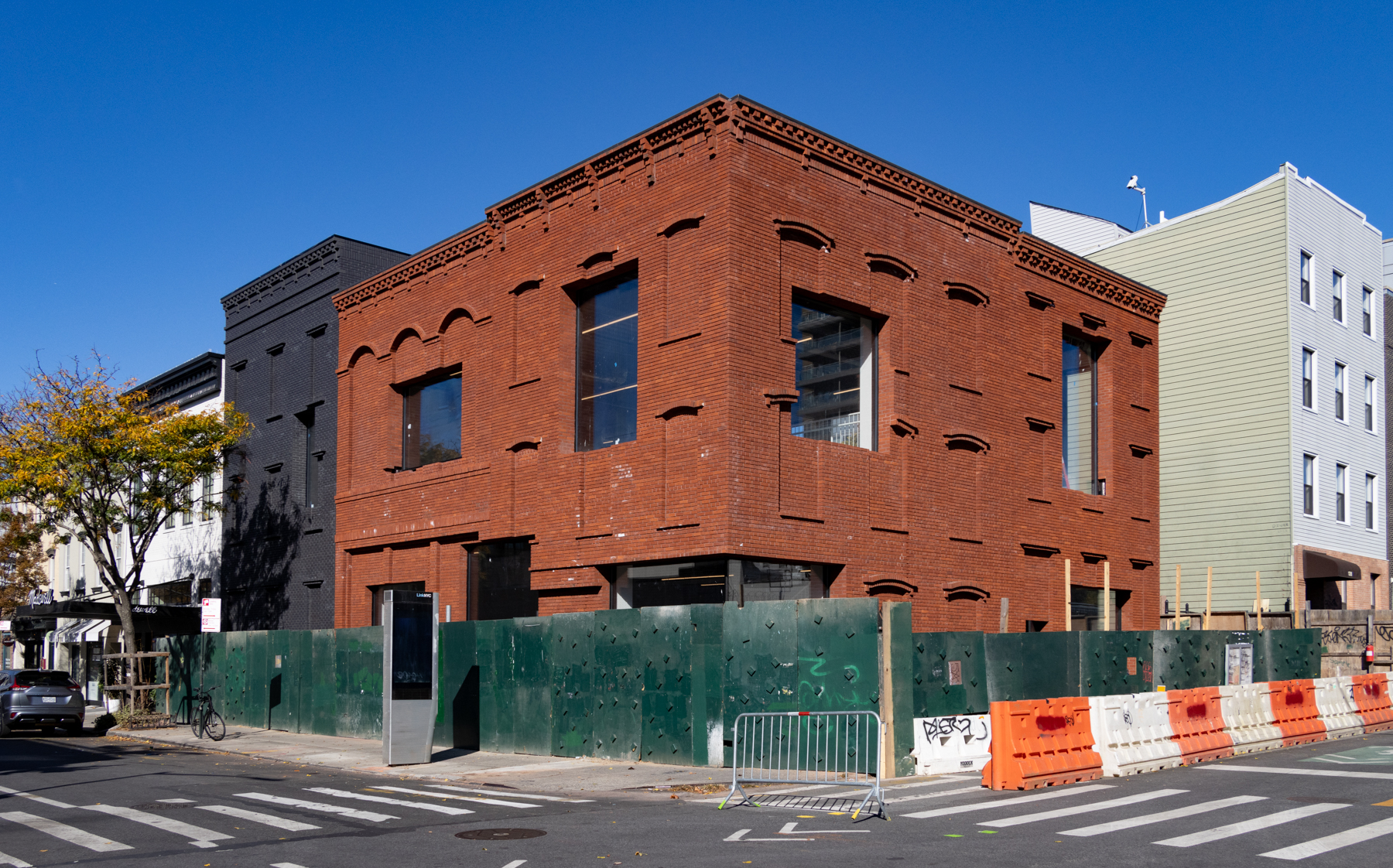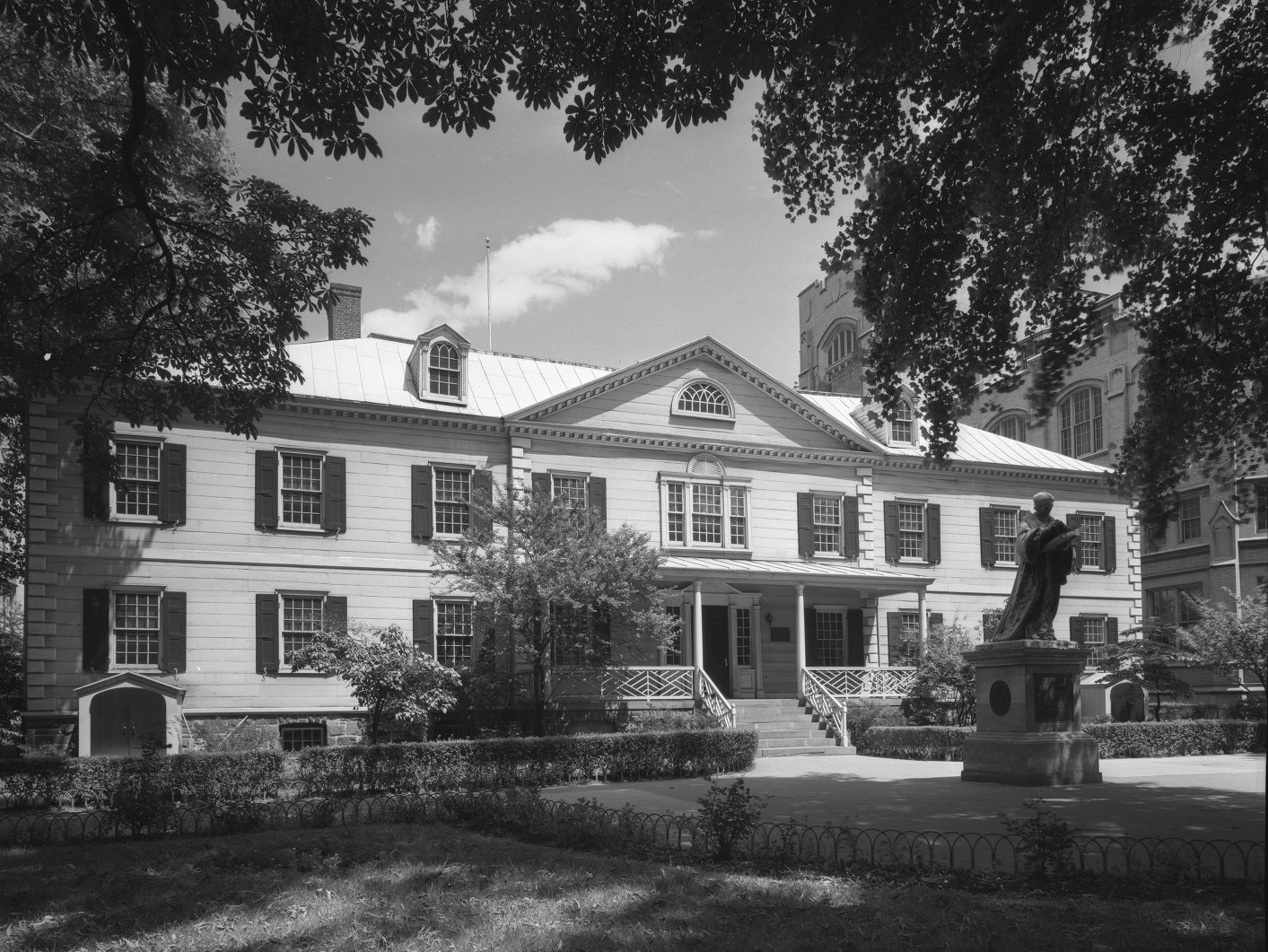Walkabout: The Great Milk Wars, Part 3
Read Part 1, Part 2, and Part 4 of this story. “Got Milk?” This may be a catch phrase from a recent dairy industry campaign, but it was a valid question during the 1930’s in Brooklyn, and the rest of New York. Due to factors totally within human control, milk was in short supply to…

Sheffield Milk Company. Photo via Puremagic.com
Read Part 1, Part 2, and Part 4 of this story.
“Got Milk?” This may be a catch phrase from a recent dairy industry campaign, but it was a valid question during the 1930’s in Brooklyn, and the rest of New York. Due to factors totally within human control, milk was in short supply to the city at the height of the Great Depression. The “Big Three” Dairy companies: Borden’s Condensed Milk Co., Sheffield Farms, and U.S. Dairy Company were locked in a pitched battle for control of the very lucrative NYC milk market. Of course, this history is not an uncomplicated one, nor were the players engaged in a simple battle between Good and Evil. The “Big Three” were not the only milk companies in New York City at this time, and the upstate farmers, as producers, and the milk dealers, the middlemen in this story, were not monoliths, either. But here lies the gist of the story:
Milk, like most food items, is graded. The highest quality milk, designed for drinking, is called “fluid milk”. Lesser qualities of milk, called “Grade II milk” were used for the manufacturing of cheese and butter. Cream was produced naturally by simply skimming it from the top of the milk. By the 1930’s, milk was the second largest perishable product coming into NYC. Special milk trains, railroad cars carrying nothing but milk, came into the city every day. The New York Central Railroad had a monopoly on Manhattan freight, and its milk trains came into Manhattanville, that part of what is now Harlem, located near 125th Street and the Hudson River. The New York and New Haven Railroad milk trains went into the Bronx and Long Island, and other railroads unloaded milk at the New Jersey waterfront, where the milk was immediately shipped on barges or ferries to bottling plants in the boroughs and the city. By 1933, Manhattan had 12 pasteurizing plants; there were two in the Bronx, and 15 in Brooklyn. Two of the most prominent in Brooklyn, with buildings that are still standing, were the Sheffield Bottling Plant on Fulton Street, in Bedford Stuyvesant, and the Borden Plant on Atlantic Avenue in East New York.
The 1930’s were hard times, as the decade struggled with the Great Depression. Milk was a national commodity, and problems with pricing and fair wages were not confined to NY State. There were “milk wars” in Iowa, in Illinois, Kansas, and throughout the Farm and Corn Belt of the Midwest. The cities of Houston, St. Louis, Atlanta and Chicago all had conflicts between farmers, milk dealers and large bottlers. But New York, as usual, went the extra mile.
In the early 1930’s, in New York City, an increased demand for milk was met with a lowering of prices. More milk was needed, but dealers wanted to pay less for it. In 1933, the state legislature ordered a study of the collapse of the milk market. The study was led by Watertown state senator Perley Pitcher, and his committee soon came to the conclusion that New York City’s cutthroat milk business had far reaching implications. Competition had been one of the major factors in pricing, with the Big Three undercutting each other to dominate the lucrative milk market share. The middle men, the milk dealers, took the brunt of the cuts, and they, in turn passed that along to the dairy farmers, resulting in the lowest prices in years. So low that the farmers were not even making costs, and were losing money and losing their farms.
Both Borden and Sheffield Farms had struck independent deals with their milk suppliers and had their own milk cooperatives. Borden’s had a long standing deal with the Dairymen’s League Cooperative Association (DLCA). The DLCA had its own processing plants and had 60,000 of the 80,000 dairy farmers in the upstate milkshed under contract. They promised to not compete with Borden’s in NYC, and Borden’s promised to only buy milk from them. Sheffield Farms had a similar arrangement with their own dairymen, organized under the Sheffield Producers Cooperative Association, which had over 16,000 member farmers. These two groups guaranteed the member farmers a market for their milk, as well as a balance in the pricing of fluid milk and manufacturing, or Grade II, milk. Of course, that also tied them to any agreements or demands made by Borden’s and Sheffield Farms. Outside of these two groups, there were about 10,000 independent farmers who sold to smaller milk companies and cheese makers. These farmers suffered the most in the wheeling and dealing of the milk business, as they didn’t have the protection of the larger co-ops, who they considered to be no more than in-house unions of the two major milk companies.
In 1933, two milk strikes by these independents, upstate in Rochester and Newport, NY, resulted in widespread violence. The NY Times reported that this violence had “brought New York State closer to marshal law than at any time since the Revolutionary War.” In 1936, after milk prices to farmers had reached their lowest levels so far, another strike was contemplated, but put on hold. The independents felt they needed a real organization to represent their cause, and they organized the Dairy Farmers Union, or DFU, led by a small dairy farmer named Archie Wright.
Every successful populist movement has an organizing genius for a leader, and Archie Wright was perfect. He organized well, harnessing public opinion, instead of violence, to further the cause. Instead of spilling milk onto the road during the Depression, he delivered the milk to orphanages in New York City. He used the radio to broadcast updates on DFU events, and publicize the farmer’s plight in this crisis. In the summer of 1937, Sheffield Farms decided to close 12 fluid milk plants in the St. Lawrence Valley. The plants would be retrofitted, and then re-open a couple of months later as Grade II milk plants, handling only the lesser priced milk used in butter and cheese. This would lower the already low milk price for the area’s farmers. The DSU tried negotiating with Sheffield to no avail, and decided to strike.
The strike would be different than any other milk strike in American history. First of all, they decided not to dump the milk. They brought in cream separators, skimmed off the cream, and shipped it to a plant in Buffalo. The rest of the milk went to independent processing plants. There was to be no violence by the strikers, and no destruction of property. Archie Wright organized the strikers to use “passive resistance”. Men, women and children sat in the roads leading to the plants, effectively closing down the Canton, NY Sheffield Plant, the largest in the state, for 108 days, and the other plants were closed down for a time as well. In November of 1937, the DSU called off the strike.
As a result of the strike, the independents gained higher prices, but the strike really had no effect on New York City. The independents were too small, and Sheffield and Borden had most of the state’s farmers under contract. The DSU was a buzzing mosquito, annoying, but not fatal to NYC’s huge milk market. Sheffield raised their prices, but refused to directly deal with the DFU, or recognize them in any way. But that doesn’t mean they were not effective, and Wright immediately began organizing in earnest throughout the state, intending to organize all of New York’s independent dairy farmers, not just in the far northern counties, but across the length and breadth of New York State. Their recruiting brought in thousands of new members across NY. They would be more than a buzzing mosquito, they would be a massive, angry beehive, and impossible for the Big Three to ignore, next time.
In February of 1939, the federal courts overturned the New Deal regulatory pricing system for milk in the New York milkshed. This system was designed to guarantee a steady price for NY milk, and set in place collective bargaining agencies that negotiated prices between producers and wholesalers. With this law tossed out, the Big Three immediately slashed the prices they would pay for milk, leaving farmers in the hole, once again. The Supreme Court would later that year reinstate the system, but the price drop, coupled with a summer drought upstate, had a devastating effect on farmers, and they were angry. Farmers in the northern counties called for a strike, and were soon joined by farmers across the state. The hive had been stirred up, and this time, the 1939 milk strike promised to have lasting effects on New York’s milk industry.
Next time: the conclusion of the Milk Wars.

Interior of Sheffield Farms Bottling Plant, Fulton Street, Bedford Stuyvesant.









What's Your Take? Leave a Comment